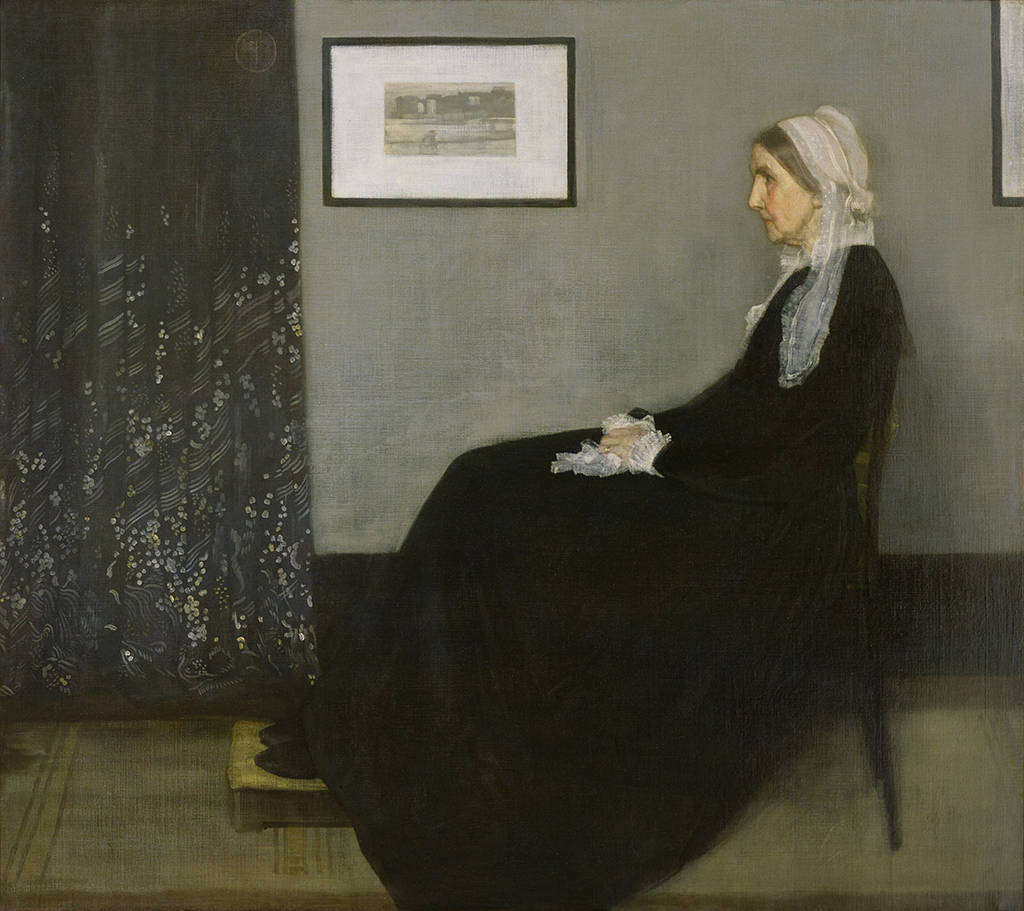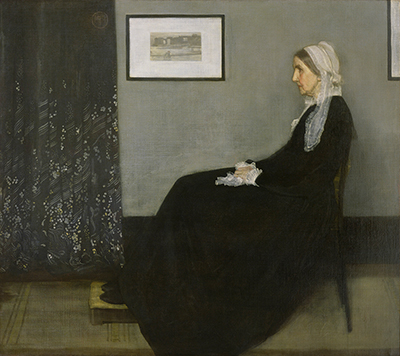Whistler's Mother is also known as Arrangement in Grey and Black No.1 and is considered by most to be the artist's most famous painting.
The style of this painting is faithful to Whistler's career, using subdued colour schemes that were inspired by the artist's experiences from living in London at that time. As an American living in the UK at the time, this artwork can be considered one of the most significant works by a US artist living outside of the country in history. Many North American artists would become inspired by the styles appearing across Europe during the 19th century. This particular painting is dated at 1871.
The Artist's Mother captures Anna McNeill Whistler in this memorable portrait which can now be found on display at the Louvre Abu Dhabi. The Whistler family were based in Chelsea at this time. The colour scheme used by the artist here helps to create an atmosphere that is in keeping with British society during this time, contrasting completely with the brighter scenes from French impressionists at around this time. The greys and blacks provide a feeling of blandness and almost depression, whilst the ladys pose is similarly understated.
This painting was to cause a rift between the American artist and the British Art establishment, with the Royal Academy of Art not deeming it to be anything particularly special. The artist was upset by their near-refusal to display this painting and he would only submit one more artwork to them after that. It is certainly much more appreciated in the present day, taking pride of place in one of the most exciting new art galleries, the spin-off Louvre in Abu Dhabi.
The ownership of this painting by the French state is significant to the painting's history. It was in this country that the artwork initially received the best reception, much to the relief of Whistler who had not gained such support in the UK for this particular work. Letters have been found that specifically document his joy at their consideration of Whistler's Mother as an excellent artwork, something he always believed to be the case. The fact that he had to amend the title to include mention of it as a portrait underline how more abstract artistic styles were still taking time to gain acceptance. Whistler's interest was more in the use of colour than identifying the subject, but sometimes he would have to bow in order to promote his work to wealthy donors.





